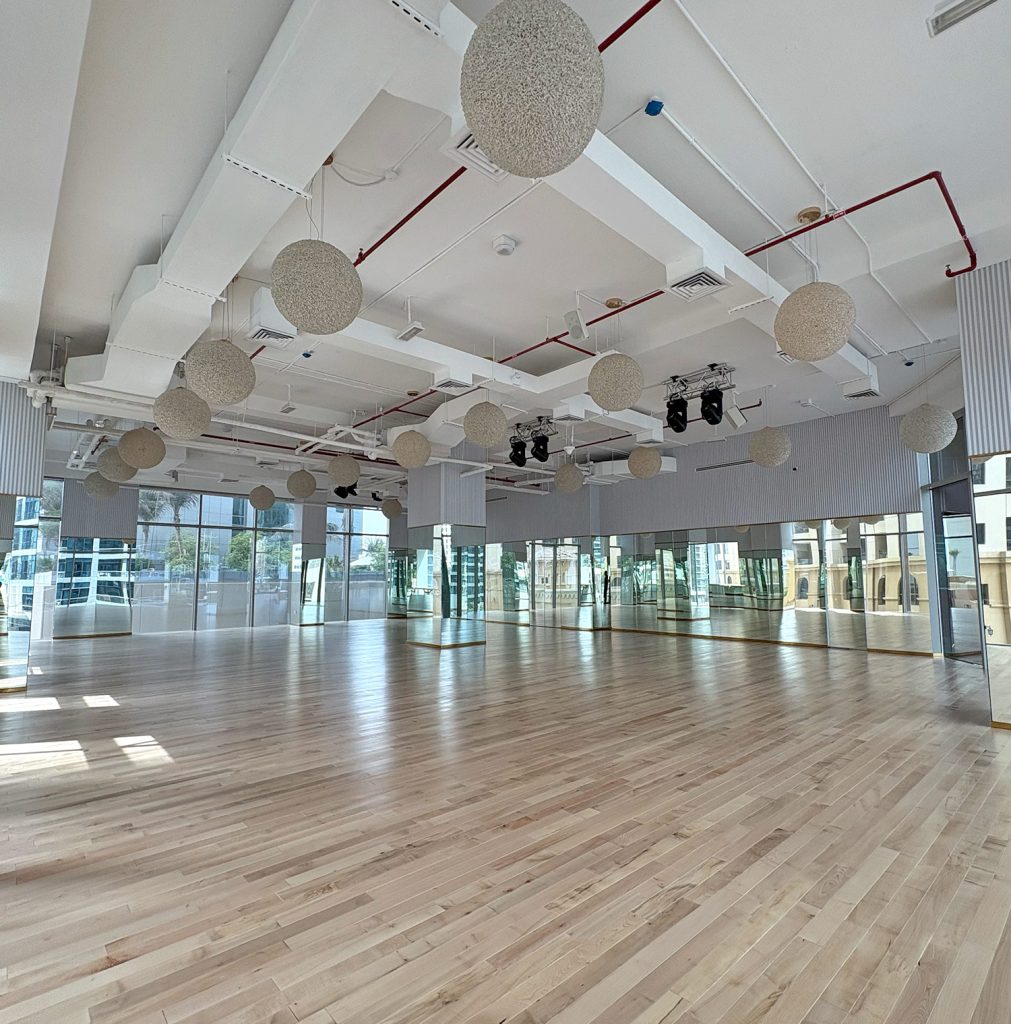Written by: Lydia Petrigova on SATURDAY, April 27, 2024
Have you ever watched a dancer glide across the floor with such poise and assurance that it seemed they were born confident? It might seem like magic, but behind their mesmerizing performance lies a powerful blend of practice and a finely tuned mindset. So, how can you tap into this enchanting quality and make it your own? I’ve discovered a few simple, yet powerful pathways that have consistently helped me achieve a satisfying level of confidence, and I’m eager to share them with you.
#1 Finding Comfort

Confidence often begins where comfort ends. Feeling comfortable with your dance moves is the first crucial step toward genuine confidence. This means mastering your routines until they feel stable, intricate, and crystal clear. When you dance from a place of comfort, your performances naturally exude confidence because they are executed with ease, certainty, and joy. Practice your routines with the intent to smooth out any awkward or uneasy movements. The more comfortable you become with each step and turn, the more confident you will feel.
#2 Dance for Your Loved Ones

Imagine dancing for a special person or a group of people who love and support you unconditionally. These are the people who admire you without judgment and offer compassion instead of critique. When you visualize dancing for them, consider how you would perform if it were truly just for their eyes. This mental practice helps to build a psychological safety net around your performance. Begin to practice by ignoring everyone else but these supportive figures. Dance for them in your rehearsals and feel how this changes your approach and elevates your confidence.
#3 Understanding Different Levels of Confidence
Interestingly, thinking you are confident, feeling confident, and actually being confident are not necessarily synonymous. Let’s explore how distinct they are:
- Thinking You Are Confident: This cognitive aspect involves convincing yourself that you are capable and ready. For example, a dancer might mentally rehearse steps and reassure themselves of their preparation. However, this form of confidence can sometimes be superficial or fragile, relying heavily on self-talk and not necessarily grounded in actual skill or experience. It echoes the “fake it till you make it” approach, where belief in oneself precedes genuine confidence.

- Feeling Confident: This emotional dimension is more about your internal state—whether you feel anxious or calm, secure or insecure. Feeling confident often responds to environmental cues or recent experiences. For instance, a dancer who receives applause might experience a surge of confidence, regardless of technical proficiency. However, this type of confidence can be fleeting and influenced by external factors, making it less reliable unless supported by true competence and consistent successes.

- Being Confident: This represents the most substantive level of confidence, emerging from consistent practice, mastery of skills, and a deep understanding of your craft. For a dancer, this means having performed numerous times under various conditions and receiving positive feedback that reinforces their abilities. When you are truly confident, it is evident in your actions—you execute movements fluidly, adapt to changes effortlessly, and handle mistakes with grace. This confidence is resilient and built on a foundation of proven ability and real-world validation.

Each type of confidence plays a crucial role, yet they are not interchangeable:
- Thinking You Are Confident serves as a useful starting point to overcome initial hesitation.
- Feeling Confident provides the emotional fortitude necessary to perform under pressure.
- Being Truly Confident is the ultimate aim, signifying that you have developed the skills and mindset to substantiate your self-belief with consistent performance.
Aligning these three aspects is key to developing genuine confidence in dance. By thinking confidently, you overcome doubts; by feeling confident, you harness emotional energy; and by being truly confident, you demonstrate a profound understanding and mastery of your art. This synergy ensures that your confidence is not only perceived but consistently displayed in every performance.
By revisiting the foundational elements discussed earlier—comfort, supportive visualization, and understanding the nuances of confidence—you can cultivate a resilient and enduring self-assurance that enhances every aspect of your dance. This comprehensive approach ensures that your journey to confidence is as dynamic and multifaceted as dance itself.

While understanding the complexities of confidence is intriguing, possessing it matters more. Confidence is less about grasping its psychological intricacies and more about embodying it in our actions. It is cultivated not through study, but through doing—stepping onto the stage, facing a crowd, or embracing a challenge. Instead of dissecting confidence, focus on living it. Act with assurance, push your boundaries, and let your experiences forge your self-assurance. Remember, true confidence shines not through exhaustive analysis but through decisive action.



